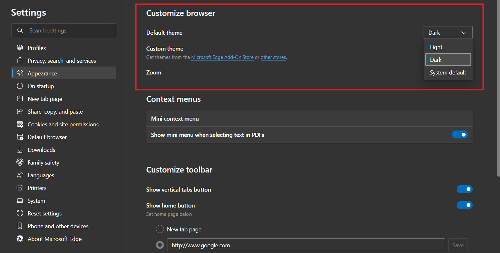
This security system ensures that someone else is prevented from accessing sensitive information on your computer while it’s ‘sleeping’.īut if you are the only person to use this particular Windows 11 PC and it never leaves your home, it makes sense to disable this behavior and get rid of any sign-in requirements for sleep.Īnd fortunately, there are various ways that will allow you to do this, whether you like to do this from a terminal or from the GUI on Windows 11. Keep in mind that sign-in on wakeup makes a lot of sense if you use your computer in public places or in a shared office. However, there are ways to get around this security mechanism if you’re tired of signing in every time your PC stays idle more for longer periods. Right-click Start>Run and type gpedit.msc in the Run dialog box, and press Enter or click OK.In order to help protect your PC, Windows 11 will require users to sign in once they wake up their device from a hibernation, modern hibernation (if your device supports it), or sleep stage. To do this, you’ll need to edit Group Policy settings.The lock screen picture in Windows 10, especially newer versions of the operating system, is linked to Edge, so you can change or disable this setting to resolve the problem.

This is one of the reasons why Microsoft Edge automatically opens. Disable Edge from starting using Registry Editor.ĭisassociate Lock Screen Picture With Edge.Disable Edge preloading in Group Policy.Make Cortana search with your default browser or search engine.Stop Edge from running as a background app.


If you don’t use Edge or Internet Explorer, or prefer that it doesn’t preload during system start, we’re going to show you how to block either of them from being loaded each time you start your device.


 0 kommentar(er)
0 kommentar(er)
